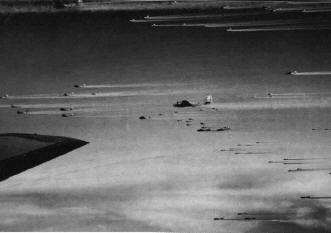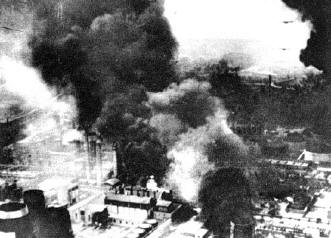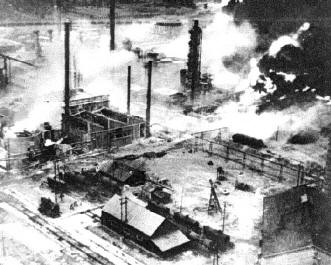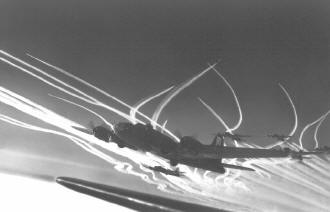
Tactics & Purposes

During WWII, ideas of fighting were very different from our ideas of war today. Back then, war was waged on a people, on a country as a whole. America remembers how we put all people of Japanese ancestry into internment camps. Everyone was suspect to be "cooperating with the enemy" if he/she was from that country. Not a thought was given to bombing innocent civilians. The goal was to break the will of the people, to take away their willingness to fight. The Luftwaffe relentlessly bombed London during the Blitzkrieg. Whether it was by bombers during the Battle of Britain or Hitler's infamous V1 & V2 rockets, thousands were killed. USAAF 8th Air Force bomber groups and Lancaster bombers constantly pounded Berlin until there was very little left. When the atomic bombs were dropped in Japan, the affect on the citizen population was tremendous and ended with an immediate surrender to prevent further casualties. Enemy bombers attacked residential areas, shipping yards, docks, factories, railways, bridges, military bases, airports, headquarters, military buildings, and more. Everything was a target during the war, only some were of more importance than another.
![]()

![]()
Bombing campaigns were conducted by all of the major air forces. The RAF had nighttime bombing raids almost every day of the war that weather permitted. The USAAF also participated in those bombings, but preferred daylight precision raids. Whenever they could, the Luftwaffe took opportunities to bomb during the Battle of Britain and the Little Blitz. The Japanese are most famous for their bombing of Pearl Harbor and their bombing of US ships and military camps. Without bombing campaigns, it would have been impossible to slow down the enemy during WWII. In other words, bombing was imperative to the Allied victory, and for the Axis: the length of time they were able to survive.
![]()

![]()
Whenever possible, fighter escorts and patrols were in the sky. Fighters were the guardians of the skies. The main purpose of fighters was escort and air-to-air combat. Small bombs were often attached to fighters to make them more versatile. Aspects that made an aircraft superior or inferior to another were maximum airspeed, maneuverability, and armament. Most often, tradeoffs were made to favor one aspect of the plane over others depending on the circumstances of the plane's uses. When a fighter was on escort duty, they would stay close to bombers and fend off any enemy fighters looking for prey. Usually the escort did not break away to engage a fighter because more enemy fighters could then swoop down on unprotected bombers (a favorite tactic of the Luftwaffe). Being an escort was almost as dangerous as flying in the bombers, when tight formation was being held.
![]()

![]()
Even though the technology of today is different than that of WWII, many of the same tactics are used. Bombing is conducted at high altitude and focuses on military installations rather than civil, but slowing down the enemy or eliminating their will to fight is still the basic idea. These tactics were tried and proven during WWII and still stay with us today. That proves something of the generation that fought in the Second World War.
